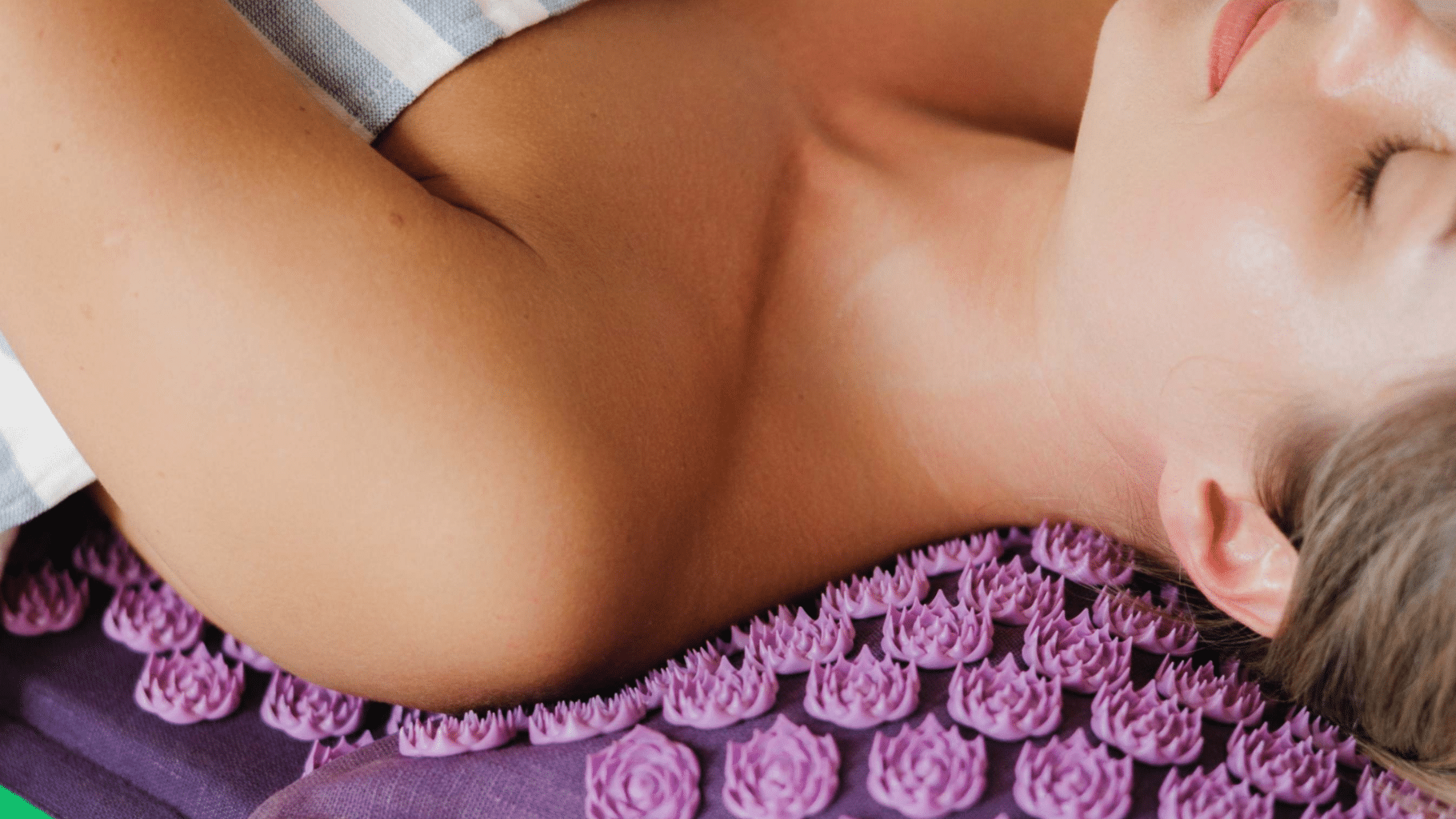As you explore the world of mental wellness, you may have come across the term “imagery therapy” – a practice that harnesses the power of guided mental imagery to promote relaxation, reduce stress, and boost overall well-being. But what exactly is this technique, and how can it benefit your life?
What is imagery therapy and how can it help me?
Imagery therapy, also known as guided mental imagery, is a therapeutic technique that involves using visualization techniques to evoke relaxation, reduce stress, and promote overall well-being. It can help individuals manage anxiety, depression, and PTSD symptoms, improve sleep quality, and enhance cognitive function.
Top Benefits of Imagery Therapy
- Reduces Stress: Creates mental respite from daily life.
- Manages Anxiety: Translates to lower worry and fear levels.
- Boosts Mood: Uplifts spirits through positive visualizations.
- Improves Sleep: Enhances relaxation techniques for better rest.
- Increases Self-Esteem: Practices positive affirmations and visuals.
- Fosters Relaxation: Provides mental escape from hectic schedules.
- Promotes Mindfulness: Encourages focus on calming imagery.

What is Imagery Therapy
Imagery therapy, often called guided mental imagery, uses the mind to create positive mental visuals. These visuals can improve various aspects of well-being. Interestingly, this technique can help the brain relax and reduce stress.
People usually practice it under the guidance of professionals who teach them how to focus on particular images or scenarios. By focusing, the mind redirects attention from stressors to calming visuals.
From alleviating anxiety to enhancing performance, this therapy does wonders. It’s like giving your brain a mini-vacation! You gain more control over your mental state, and this control can generally make life’s challenges easier to handle.
Techniques and Applications
Several methods exist within imagery therapy. Guided meditation and visualization exercises are popular techniques. These methods bring forth images that evoke calmness and clarity. You can dive into guided imagery by visiting this guided imagery page that breaks down the steps.
Other than meditation, simple visualization exercises serve as mini-therapy sessions. Close your eyes, and imagine yourself in a peaceful meadow. Instantly, you achieve a state of relaxation, even if just for a moment.
Imagery therapy finds applications in various fields such as psychology, healthcare, and wellness. Therapists incorporate it to ease patients’ anxiety, while doctors use it for pain management. Athletes and professionals apply it to enhance performance.
Benefits for Mental Health
Imagery therapy is fantastic for mental health. It can help relieve stress, offering a mental respite from a hectic life. Creating calming images in your mind translates to lower stress levels.
This form of therapy also plays a significant role in managing anxiety. Regular practice helps reduce worry and fear. It’s almost like having a mental safety blanket.
When it comes to mood improvement and boosting self-esteem, imagery therapy shines. Engaging in positive visualizations can uplift your spirits. Curious how to get started? Check out this guide on relaxation techniques for useful tips.
Making Imagery Therapy a Part of Your Life
Integrating imagery therapy into your life doesn’t have to be complicated. Start by setting aside five minutes each day. Slowly, this practice will become a habit.
You can incorporate it seamlessly into your daily routine. For instance, practice while drinking your morning coffee. Focus on peaceful imagery to set a positive tone for the day ahead.
Prefer feeling more grounded throughout the day? Use imagery therapy during breaks at work or before bed. The flexibility ensures it fits smoothly into your lifestyle while offering significant mental health benefits.
| Technique | Description | Benefits |
|---|---|---|
| Guided Meditation | A guided visualization exercise to relax and reduce stress. | High |
| Simple Visualization | A short exercise to imagine a peaceful scenario, promoting relaxation. | Medium |
| Mindfulness Practice | Focusing on the present moment to reduce anxiety and improve mood. | High |
| Pain Management Visualization | A guided exercise to manage pain and discomfort. | Medium |
| Performance Enhancement Visualization | A visualization technique to enhance focus and mental clarity for improved performance. | Low |

Serene woman relaxes amidst lush natural surroundings
Personal Thoughts
As I reflect on my own struggles with stress and anxiety, I’m reminded of the importance of taking care of my mental health. Through my experiences, I’ve come to realize that it’s not about finding a quick fix or relying on someone else’s solution.
It’s about taking small, intentional steps towards healing and self-care. And for me, imagery therapy has been a valuable tool in this process – allowing me to tap into my subconscious mind and release pent-up emotions. It’s a quiet, personal practice that has helped me cultivate a sense of calm and clarity.
Frequently Asked Questions
What is imagery therapy?
Imagery therapy, also known as guided mental imagery, is a therapeutic technique that involves using visualization and imagination to promote relaxation, reduce stress, and improve overall well-being. This approach encourages individuals to create vivid mental images to stimulate their mind and body, often in response to specific goals or challenges.
How does imagery therapy work?
Imagery therapy works by engaging the brain’s creative centers to produce a sense of calmness and relaxation. The process typically begins with a guided visualization exercise, where an individual is asked to imagine a peaceful scenario or visualize their desired outcome. This mental stimulation can help reduce symptoms of anxiety, depression, and PTSD, as well as improve sleep quality and boost mood.
What are the benefits of imagery therapy?
The benefits of imagery therapy include reduced stress and anxiety levels, improved sleep quality, enhanced cognitive function, and increased self-awareness. This therapeutic approach can also be used to manage chronic pain, boost mood, and improve overall mental health. Additionally, imagery therapy can be a valuable tool for individuals looking to develop resilience, confidence, and personal growth.




